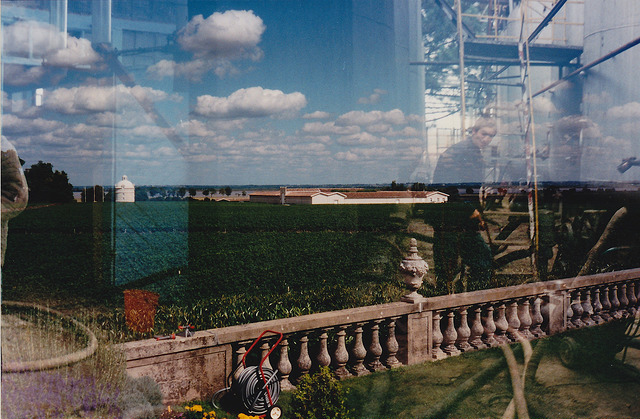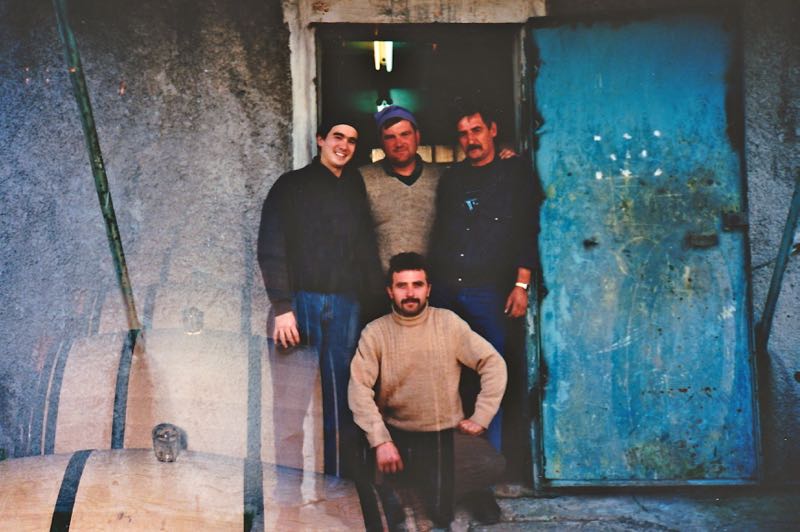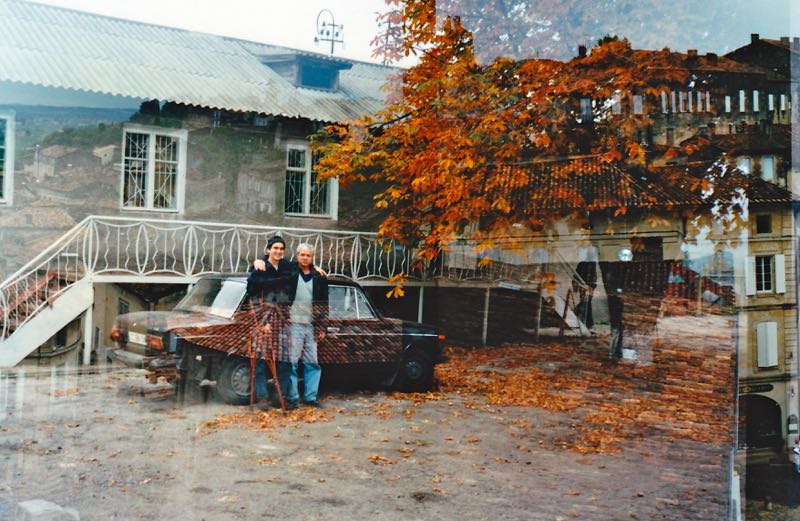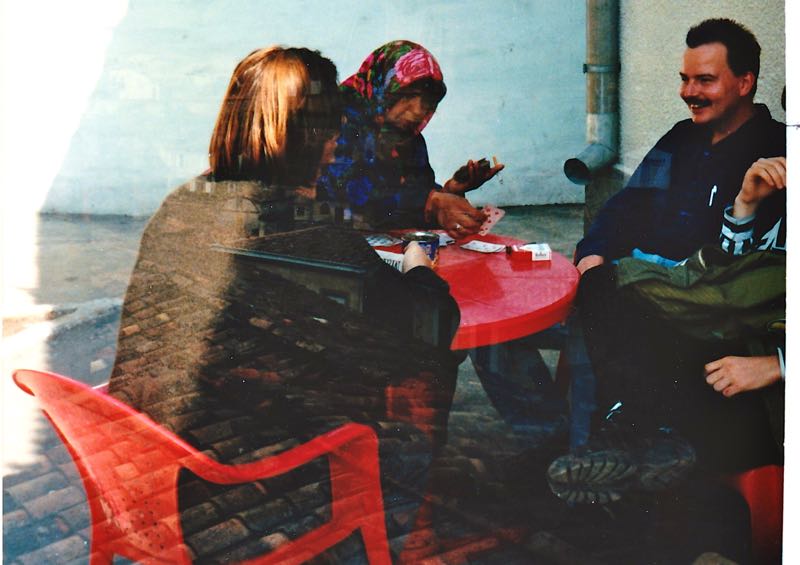Bordeaux is the home to the mighty Cabernet Sauvignon along with friends, Cabernet Franc, Merlot, Petit Verdot & Malbec.
A historical stalwart of the UK & US fine wine market and now the Asian market, Bordeaux like all wine regions has been evolving.
The 1960’s & 1970’s
The Claret Era
My first experience of Bordeaux was the wines of the 1960’s and 1970’s classic claret styles, elegant, fine, lower alcohol thirst-quenching reds.
In that era a difficult year was could be underwhelming to say the least.

The 1980’s & 1990’s
Bigger and Bolder
Moving to the wines of the 1980’s the blockbusters started to come through with 100 points scores aligned to tannin extraction and new oak driving the styles.
Brettanomyces levels were on the rise and spoilage common.
Technology was making its way into wineries with must concentrators used remove water and building genorisity in lesser years. Techniques like micro-oxygenation were being used to soften green hard tannins.
Making wine at Yarra Yering gave me the opportunity to explore the progression from 1960’s through to the 1990’s with many a vertical and horizontal session highlighting these shifts throughout the quality echelons in Bordeaux.
All of course with the aim of supporting our thinking of just how we could ourselves evolve Yarra Yering Cabernet blend the Dry Red No.1.

The 2000-Today
The Sun Drenched 2010’s
A series of sun drenched years in recent times has offered us oppulence. The divine clarets of olds are becoming a distant memory for many.
Precision in the Vineyard
A warming climate saw less need for such techniques. Awareness of Brettanomyces and how to stop it spoiling wines thankfully gave us cleaner wines that were and expression of fruit and the terroir. In recent times there’s been increasing application of precision viticulture. Bordeaux’s Estates are much larger than those of Burgundy and many of the other icon regions of the wine world.
Vineyards are being mapped in fine detail to the point where it is possible to care for individual vines fully informed of their unique nutritional requirements. It’s always been relatively easy to see what’s going on with vines above the ground. Knowing what’s happening belowground requires much more work.
Practices are changing with sustainability and biodiversity rightly having greater emphasis.
Combined this addresses the conditions in a vines micro-terroir and helps address the impact of a warming climate.
We have been seeing varietal make of vineyards shifting with Cabernet Sauvignon, the latest to ripen of the trio that includes Merlot & Cabernet Franc increasing in plantings. Petit Verdot that rippens after Cabernet Sauvignon remaining a bit player.

New Varieties
Beyond shifts within the mix of historically approved Bordeaux varieties, in 2021, 6 new varieties suited to warmer climates were approved by France’s national appellation body, INAO. Naturally, it will take time for vineyards to be replanted, yield fruit and wine to reach our glasses.
There are four new red varieties – Touriga Nacional, Marselan, Castets, Arinarnoa – and two white grapes, Alvarinho and Liliorila. A seventh proposed variety, Petit Manseng, didn’t make the final list.
Potentially useful characteristics among the grapes listed below include naturally high acidity, structure or strong aromatics, as well as good resistance against specific vine diseases, from mildew to grey rot.
The varieties below could only collectively make up 5% of a producer’s vineyard area and 10% of the final blend.
Precision in the Winery
In the winery, specialised fruit processing equipment enables gentle handling and sorting of fruit with technologies that cost upwards of $500K to implement. A far cry from your rudimentary $15K crusher.
Combined investment in sophisticated fermenters, this allows infinite control of the infusion and extraction process during fermentation and post fermentation maceration.
All of this mirrors the efforts to raise the baseline in Burgundy, Barolo, Barbaresco, the Rhône and beyond.

The Future
With the funds accumulated in across decades of strong support for Bordeaux and the knowledge now available, there is really no excuses for Bordeaux not to push to raise the bar.
Bordeaux Visualised
Pierre Le Hong has beautifully visualised much of this detail for several of Bordeaux’s Château.
Château Pichon-Longueville-Comtesse de Lalande Pauillac
This is an excellent video visualising many of the elements of Bordeaux’s evolution in both the vineyard and winery over time through the history of Pichon-Lalande.
Château Montrose – Saint-Estephe
The video below guides you through the varying vineyard parcels, the different soil types, varieties and when each parcel was harvested in 2021.
You must be logged in to post a comment.